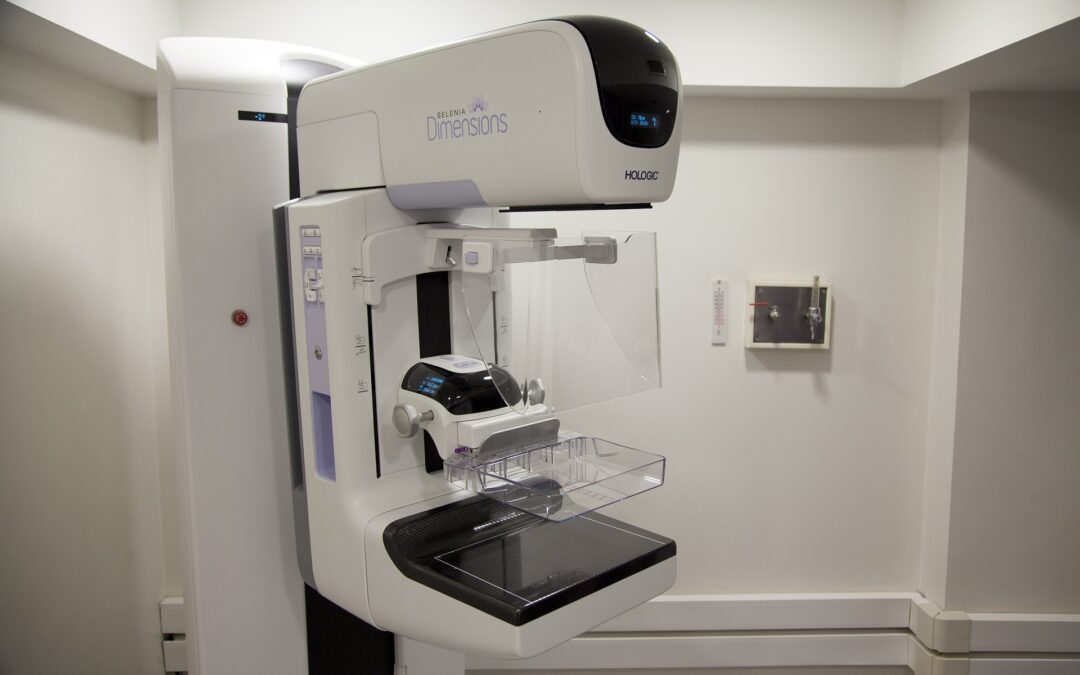In an era where artificial intelligence (AI) is advancing at a remarkable rate, a recent study indicates that it has the potential to identify more cases of breast cancer than seasoned medical professionals. The research also revealed that integrating AI technology into medical practices could decrease the amount of time that doctors spent analyzing mammograms by approximately 44%.
While this doesn’t mean that healthcare facilities will instantly replace doctors with AI for cancer diagnoses, the early-stage study points to a promising path. Published in The Lancet Oncology journal, the study confirms AI’s safety and potential in enhancing breast cancer detection. However, comprehensive research in this area is still required.
The Role of AI in Predicting Breast Cancer
The application of AI in predicting the risk of breast cancer isn’t an entirely new concept. Past studies have leveraged models and examined retrospective data to predict the risk. However, the recent research is considered to be the first randomized control trial to analyze AI-assisted breast cancer detection and compare it to conventional human-led detection methods.
This study was based on 80,000 mammogram scans of women in Sweden, which were taken between April 2021 and July 2022. Half of the women were assigned to a group where their mammograms were first analyzed by AI, then reviewed by a radiologist. The second group’s mammograms were evaluated by two radiologists without any AI assistance.
AI’s Enhanced Detection Rates
The study’s results revealed that in the group whose scans were reviewed with the assistance of AI, 20% more cases of cancer were identified compared to the group evaluated by two radiologists alone. This resulted in a cancer detection rate of 6 per 1,000 women using the AI-supported screenings, as opposed to 5 per 1,000 using the traditional method.
One might be concerned about increased rates of false positives due to the enhanced sensitivity of AI. However, the researchers noted that AI did not increase the number of false positives, showing confidence in the precision of AI-assisted screenings and diagnosis.
Streamlining Radiologist Workloads with AI
Beyond enhanced detection rates, another advantage observed in the AI-utilizing group was a significant reduction in reading workload by 44%. While the exact time saved by AI was not specifically measured in this trial, it’s estimated that the adoption of AI could save a single radiologist between four to six months, when tasked with reviewing approximately 40,000 screening exams.
In the words of the study’s co-author, Dr. Kristina Lång from Lund University in Sweden, the promise of AI lies in its ability to alleviate the immense workload that radiologists face, particularly concerning the reading of mammograms.
AI in Mammogram Screening: The International Context
In Europe, two radiologists are generally recommended to screen a mammogram, unlike in the US where no such standard exists. This suggests that the implications of AI could vary based on the standard practices in different countries.
However, both regions are facing a shortage of radiologists, according to the Radiological Society of North America. If AI proves effective, it may alleviate staffing challenges while simultaneously enhancing the efficacy of radiologists.
As global populations age, the demand for radiologists is anticipated to rise. Therefore, the integration of AI is seen as a welcome development by many in the field, not as a threat to their job security.
The Future of AI in Cancer Detection
Breast cancer incidence has been rising at a rate of 0.5% per year, as reported by the American Cancer Society. Early detection is critical for improving survival rates. Thus, any technology that can improve breast cancer screening could have a significant impact. However, mammography is not without its flaws. The National Cancer Institute states that about 20% of breast cancers are missed in screening mammograms, indicating a need for improvement.
Detecting breast cancer patterns is a complex process, even for highly trained professionals. The AI’s capacity to recognize patterns in a field of white can significantly improve detection rates. However, as Dr. Laura Heacock, a breast radiologist at NYU Langone Perlmutter Cancer Center, points out, a radiologist’s role goes beyond pattern recognition. AI should be seen as an additional tool, much like a stethoscope is for a cardiologist.
Multiple AI programs are in development to assist doctors in detecting cancer. MIT, for example, has created a program that uses mammograms to predict future breast cancer risk, something beyond current medical capabilities.
In the UK, researchers and scientists from the Royal Marsden NHS foundation trust, the Institute of Cancer Research (London), and Imperial College London developed an AI tool capable of accurately detecting cancer. According to the findings of the study, published in Lancet’s eBioMedicine journal, the AI algorithm can more efficiently and effectively identify cancer compared to current methods.
These developments indicate a bright future for AI in medical diagnostics. As Dr. Heacock says, “[AI] doesn’t sleep. AI doesn’t get tired.” AI’s ability to augment doctors’ work, especially when dealing with rare conditions, cannot be underestimated.

